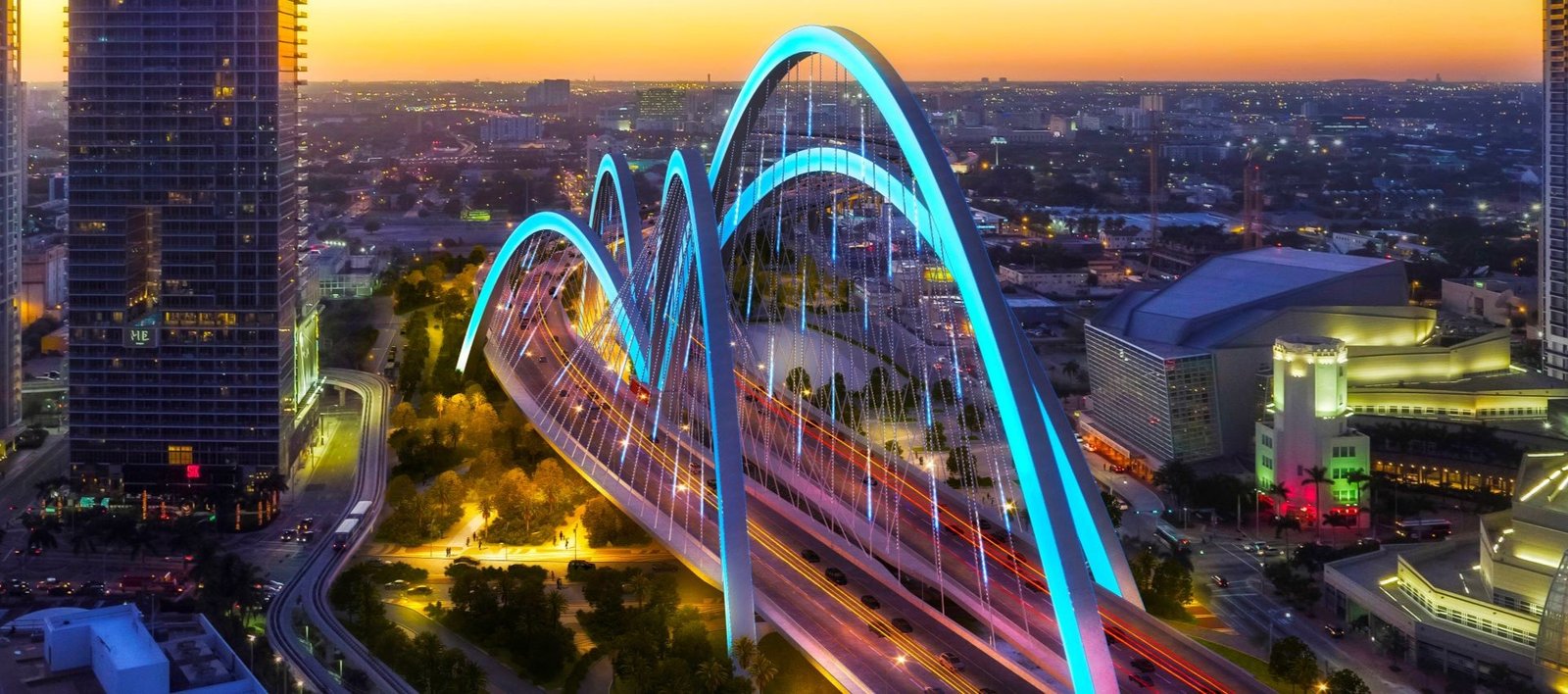
Miami, in Full Swing
After it emerged, the success of the Miami Design District expanded to eventually encompass other nearby neighborhoods. Next was Wynwood, which is now being followed by the swift and astonishing metamorphosis of Allapattah, while public works like The Underline and the Signature Bridge transform the city center.
By: Margarita de los Ríos
Photos: Edgar Cadena and Javier A. Pinzón
What can you achieve when you imagine transforming a depressed area of a city by adding public art, fashion, and street design? Ask Craig Robins, a U.S. real estate developer who bought up abandoned, dilapidated buildings near downtown Miami 20 years ago, convinced designers and artists to move in, and partnered with L Catterton Real Estate, a global investment fund specializing in creating luxury shopping destinations.
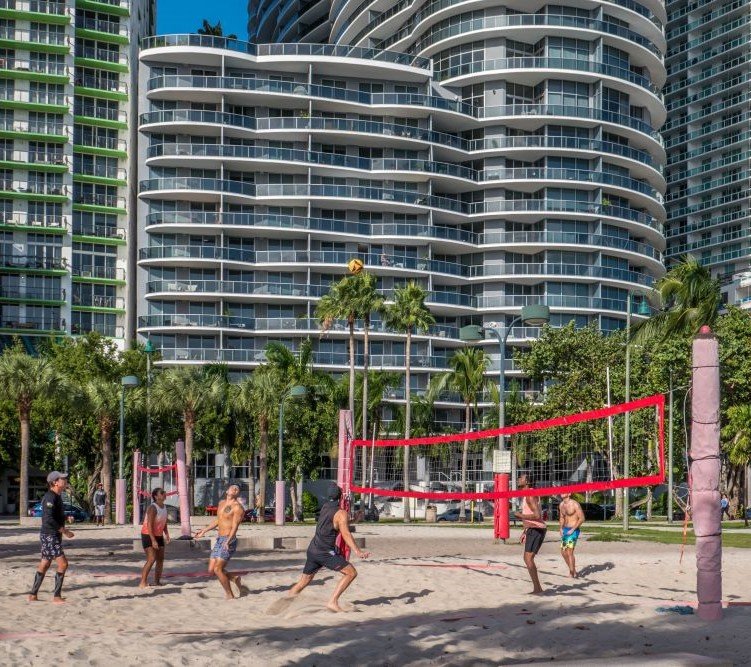
The Miami-Dade Department of Cultural Affairs offered artists incentives to make their marks on public spaces.
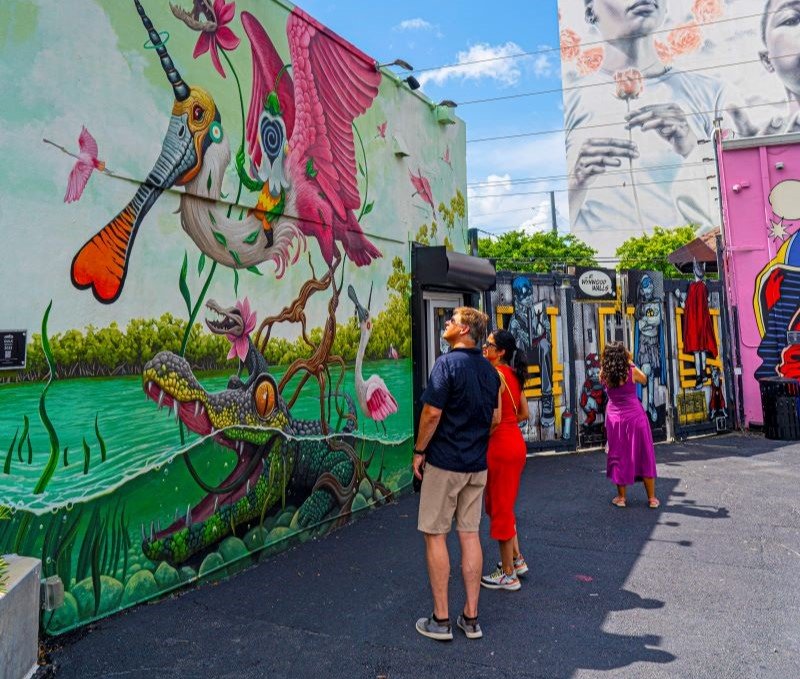
The initiative not only birthed what has come to be known as the Design District, Miami’s trendiest neighborhood, but also expanded out to encompass the surrounding areas. Wynwood quickly emerged out of an initiative launched by idealist Tony Goldman, and now, the adjacent Allapattah neighborhood is metamorphosing from a depressed area to what is widely expected to be a new cultural, tourism, dining —and of course, real estate— hot spot in Miami.
Touring the Design District
It was a perfect formula: an entrepreneur with money and revolutionary ideas, a public administration interested in dressing up public spaces with art, and a diverse group of architects interested in creating cutting-edge buildings. The phenomenon quickly matured into a tourism destination and exceeded all real estate valuations.
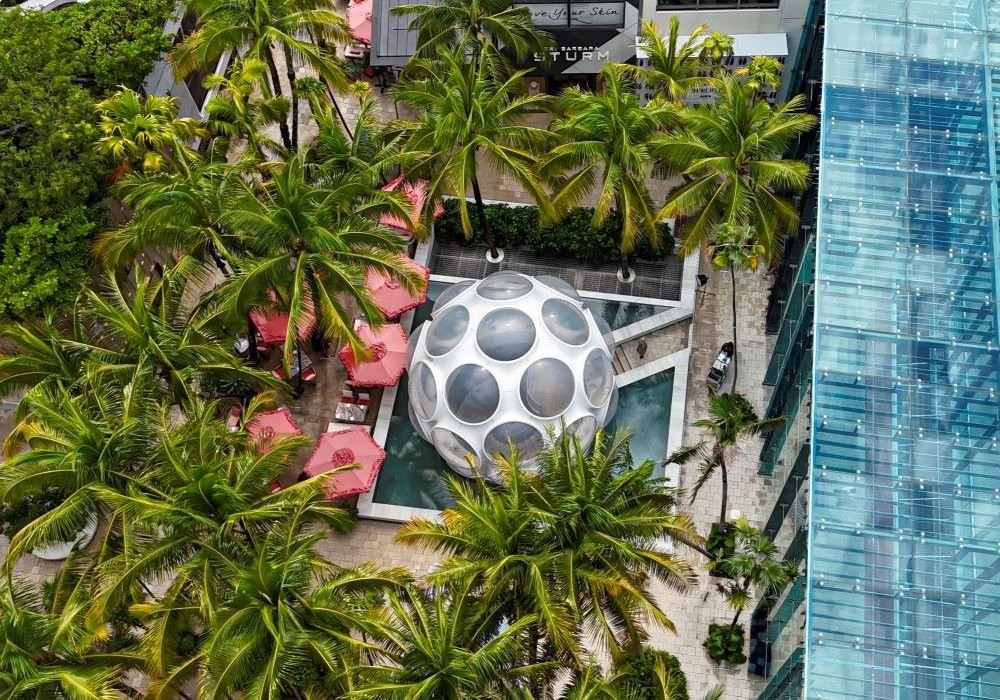
To tour the neighborhood, start at Palm Court Plaza on 39th Street, at the foot of the famous Fly’s Eye Dome, created by inventor and scientist Buckminster Fuller in 1965 as an autonomous “machine for living.” Sip a coffee in the company of Le Corbusier, who is honored with a white bust nonchalantly posed in the plaza. Then follow the Ponti pedestrian walkway bordered by the window displays of iconic shops, and stroll to the entrance of Paradise Plaza on 41st Street. Don’t be surprised when you suddenly come across a striking parking garage; the Miami Museum Garage is the creation of five artists who worked simultaneously on their own works without knowing what the others were doing.


The Institute of Contemporary Art, Miami (ICA Miami), the Moore Building, and the Haitian Heritage Museum are just some of the Design District’s cultural centers.
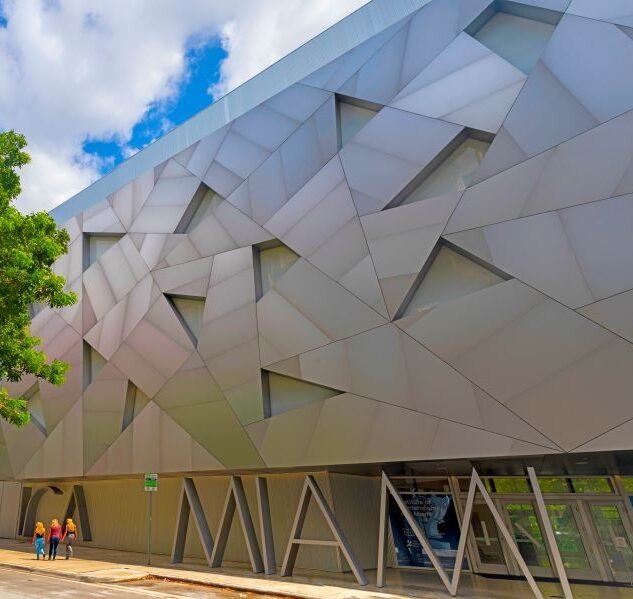
Right in front of this curious museum stands the Institute of Contemporary Art, Miami. Step inside for a moment. The innovative façade conceals works by renowned artists and a sculpture garden. Don’t miss the Moore Building’s permanent installation, Elastika, by Iraqi architect Zaha Hadid, or the Haitian Heritage Museum’s collection. For evening, the area boasts a marvelous gamut of cuisines.
Graffiti Neighborhood
Just like the Design District, Wynwood emerged in a deprived sector of the city. During the 1950s, it was known as Little San Juan, since most of the residents were of Puerto Rican origin, although there were also Cubans and Colombians, and public spaces began to take on the names of Latino celebrities. Then came unemployment, quickly followed by decline.
In the 1990s, a group of entrepreneurs from the art world supported initiatives by neighborhood residents. Tony Goldman, already known for his influence in restoring the Art Deco District of Miami Beach and SoHo in New York, took an interest in 2009.
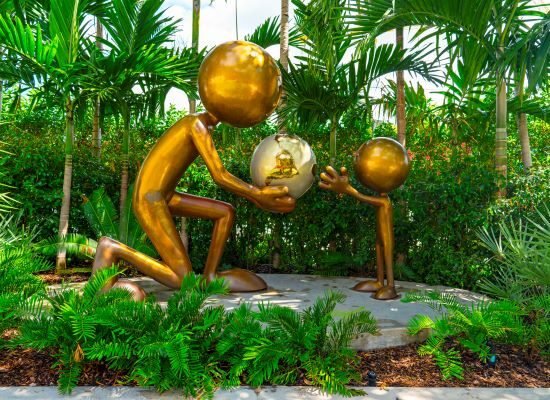
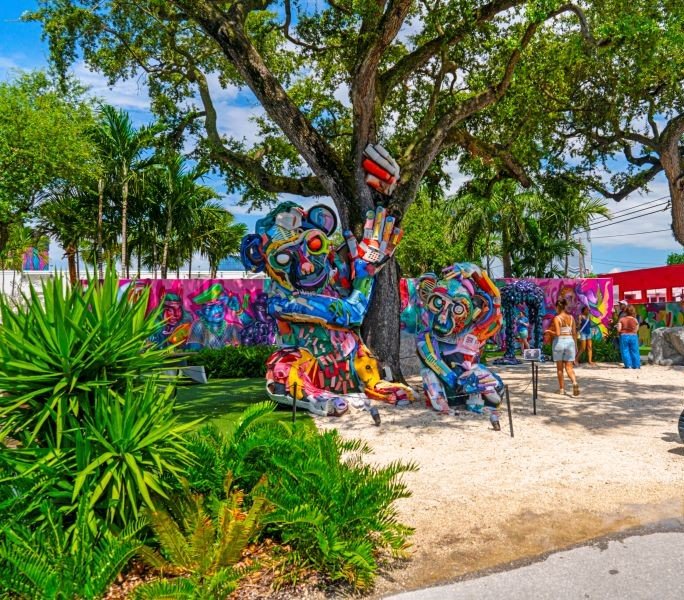
With the inauguration of the still-acclaimed Wynwood Walls exhibit, which includes some forty murals by world-famous artists, the neighborhood had its feet firmly on its new path.
These days, Wynwood boasts more than 80 art galleries, including the Nader Art Museum Latin America, which displays the region’s largest collection of modern and contemporary art. This neighborhood of indie and hipster fashion boutiques, restaurants, artisan breweries, and special cafés has retained its chic status for more than a decade.
The Underline
It was all because of an accident. In 2013, Miami resident Meg Daly broke both arms. To get to the physiotherapist, she had to take Metrorail and then walk under the tracks, which triggered a vision: transform the underused land under the metro—from the Miami River to the Dadeland South station—into a linear park stretching nearly 10 miles, complete with an urban trail and public art. Daly created the Friends of The Underline Foundation, which became the public-private Underline Management Organization The Underline Conservancy in 2020.
The recently inaugurated Phase One and Phase Two–the half-mile Brickell Backyard and the two-mile “hammock trail,” respectively– have made Daly’s dream a reality. More than 2.5 miles of trails for cyclists and hikers, an urban gym, playing fields, an outdoor dining area, and a botanical garden. The 7.4- mile Phase Three is scheduled for completion in 2026.
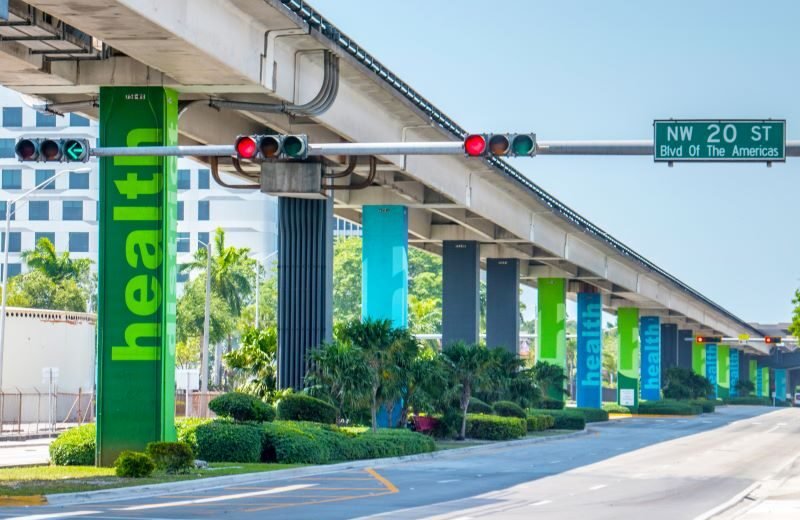
The Underline’s current 10 miles could connect to the Miami River Greenway to the north and the future Ludlam Trail to the south to complete the Miami Loop, offering 22 total miles of walking and biking trails.
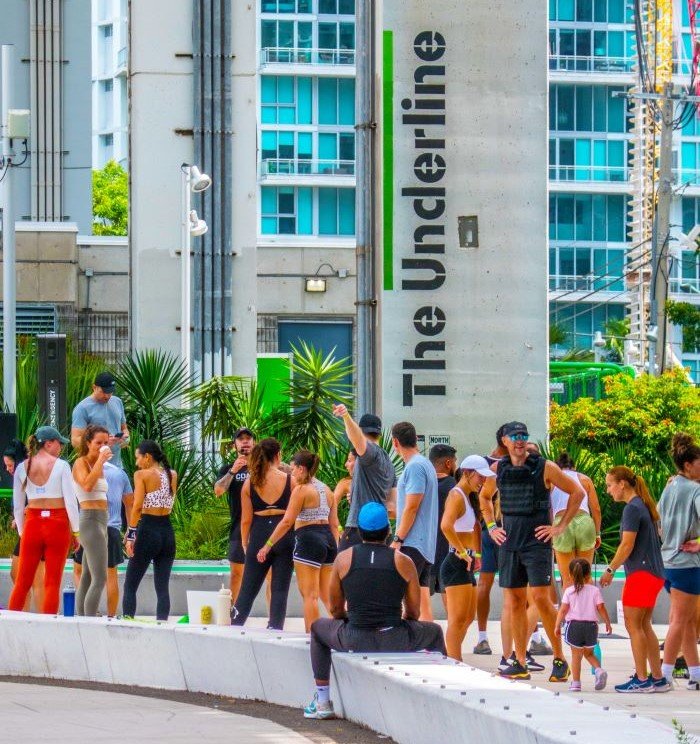
The Latest: Allapattah
If Wynwood was originally a Puerto Rican enclave, the adjacent neighborhood of Allapattah provided a home for the Dominican diaspora. The name means “crocodile” in Seminole, but the rhythms that resound through its bars and restaurants until dawn are Caribbean. Although still depressed and not entirely safe, particularly at night, the neighborhood can claim several characteristics that draw the attention of artists and real estate investors: its cultural traditions; its proximity to the Miami Design District and Wynwood; and its accessibility, thanks to Metrorail and Metrobus service.
Today, some of the most important names in the Miami art world are already here, including the Rubell Museum, with its prized collection of contemporary art that has been assembled over the last 50 years by Don and Mera Rubell; collector Jorge M. Pérez’s El Espacio 23, spread through six old industrial buildings that have been connected and revamped; and Superblue, an interactive art space featuring a labyrinth of mirrors, light exhibits, and digital art.
Real estate investors, collectors, and gallery owners have been enticed by three significant characteristics of Allapattah: its cultural traditions; its proximity to Wynwood; and its accessibility, thanks to Metrorail and Metrobus service.
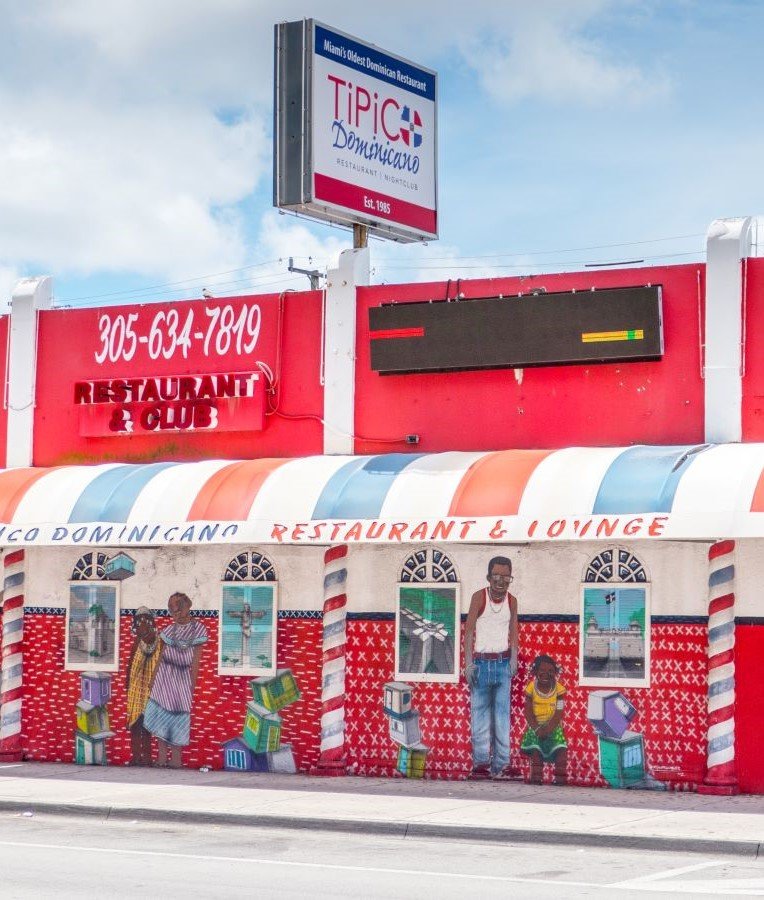
These new art attractions have arrived at the same time as new bars and restaurants. One notable choice is the Miami branch of Hometown Barbecue, originally from Brooklyn, whose smoked beef has a cult following. But Club Típico Dominicano continues to offer traditional dishes like oxtail stew and chicken tamales, and Papo Llega y Pon still serves up its famous sandwiches. You can watch the transformation in real time in Allapattah.
Looking for Something Authentic? Try Little Haiti
Obscured by the transformation of Wynwood, Little River, and other popular neighborhoods, Little Haiti developed between 54th and 87th Streets, bounded by Highway I-95 and the railroad tracks. The city’s relentless vertical growth quickly squeezed the area, but its economic heartbeat is strong on the weekends, starting at noon on NE 2nd Avenue.
Its colors, music, and flavor are not evident from the highway nor advertised in conventional ways. But anyone looking for the essence of the Haitian diaspora in Miami can join in —on the third Friday of every month— at the Sounds of Little Haiti, a family-style celebration at the Haitian Cultural Center on 212 NE 59th Terrace.
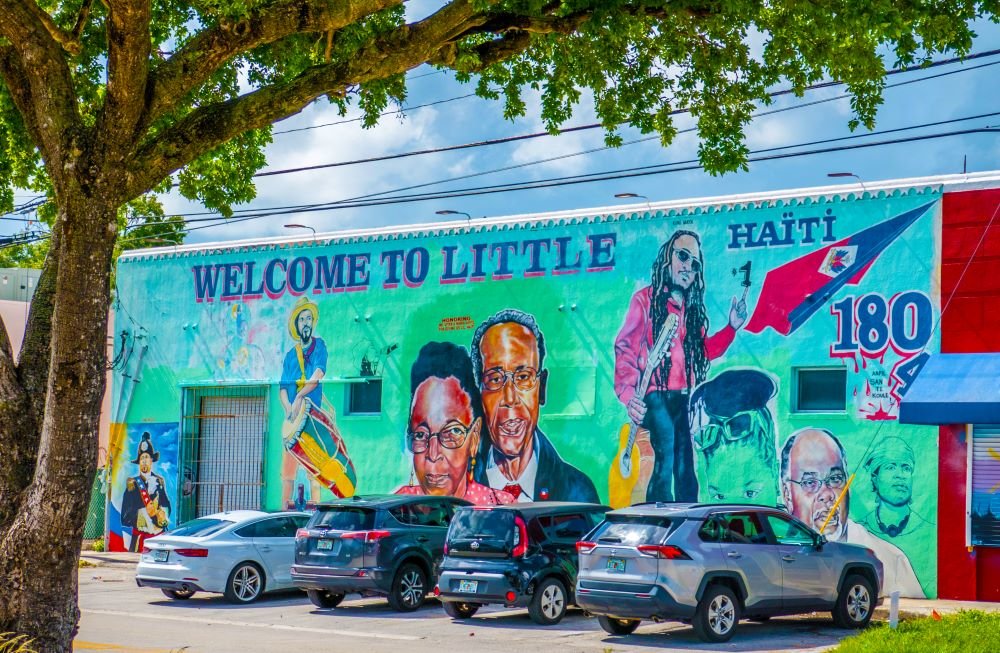
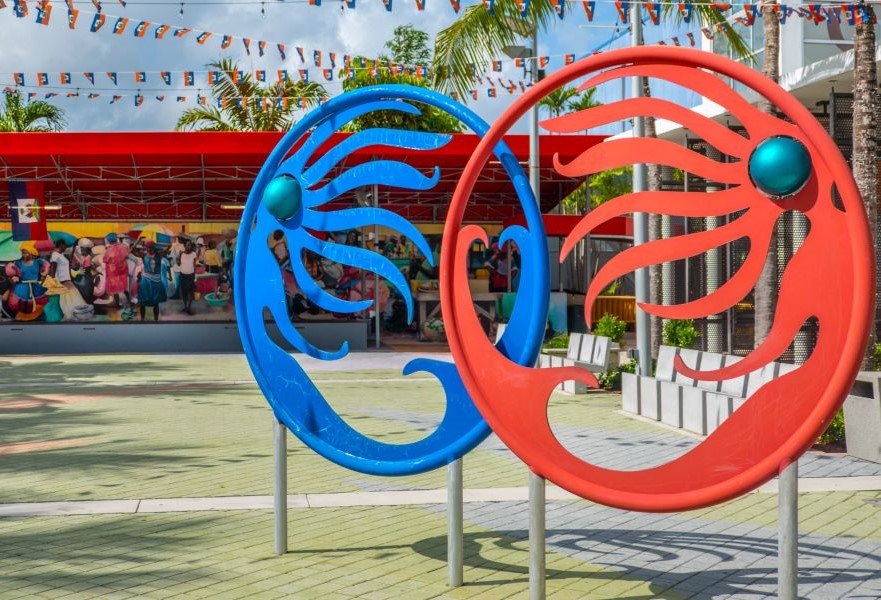
Interested in rituals and ceremonies? Choublak Gardens hosts a Lakou Experience on November 9 (5556 NE 2nd Ave.). In the meantime, you can seek out the works of outstanding writers and read about spiritual ceremonies at the Mapou Bookstore (5919 NE 2nd Ave.).
Mornings should include a mandatory pause for a good coffee at Panther Coffee (5540 NW 2nd Ave.) and pastries at the Piman Bouk bakery (46 NW 62nd St.). Back at the cultural center, you can browse the art gallery or take dance classes while you wait for the market, the bookstore, and other nearby businesses to open. It all comes alive on Saturdays and Sundays at 12 noon. If you’re hungry for lunch, one of the most popular spots is Chef Creole (200 NW 54th St.).
The Signature Bridge
Miami is developing a multi-million-dollar road project that seeks to facilitate transportation, safety, and connectivity in three of the county’s most heavily trafficked corridors. The heart of this project is the Signature Bridge that will extend more than 1,000 feet over Biscayne Boulevard and Northeast 2nd Avenue. Its six 328-foot-tall arches symbolize the convergence of peoples of all origins living in harmony. The Heritage Trail, with nearly 30 acres of public space, will run under the imposing structure.
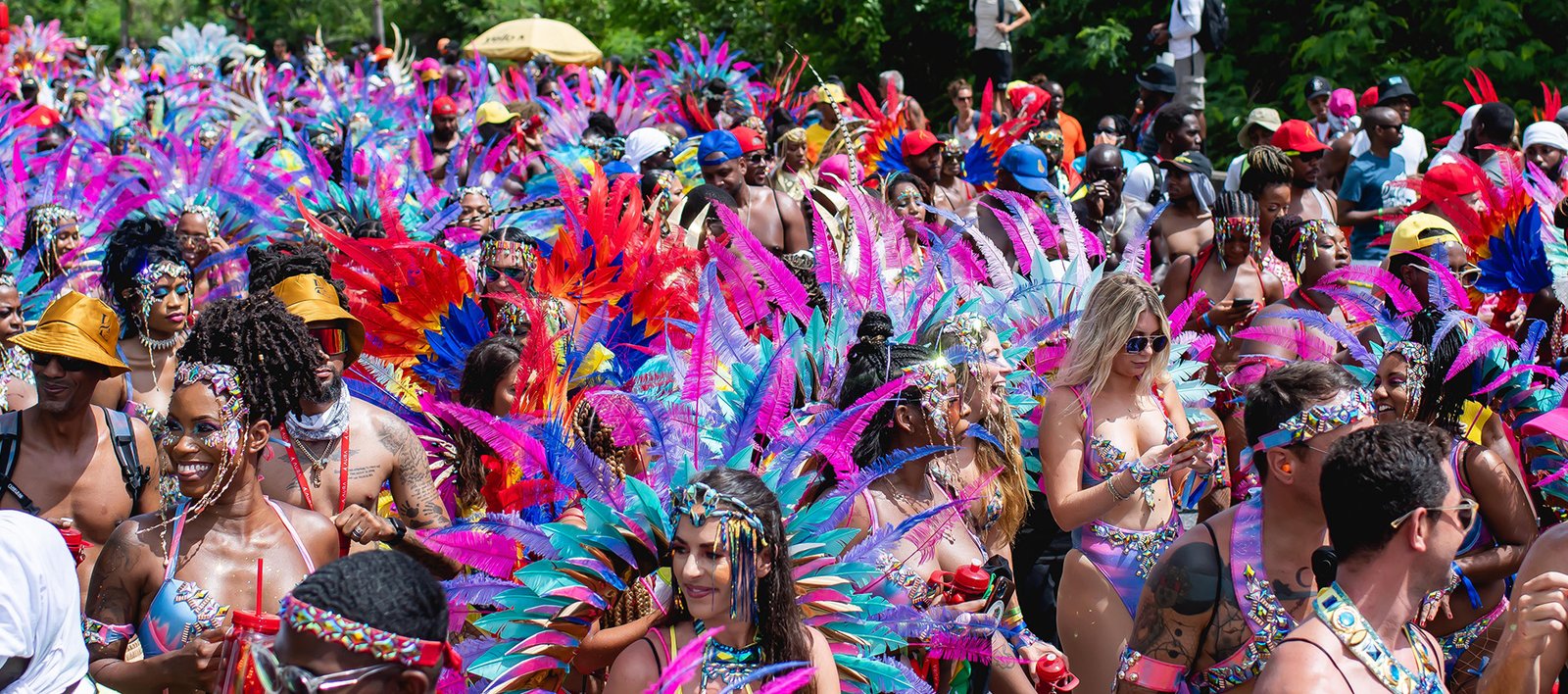
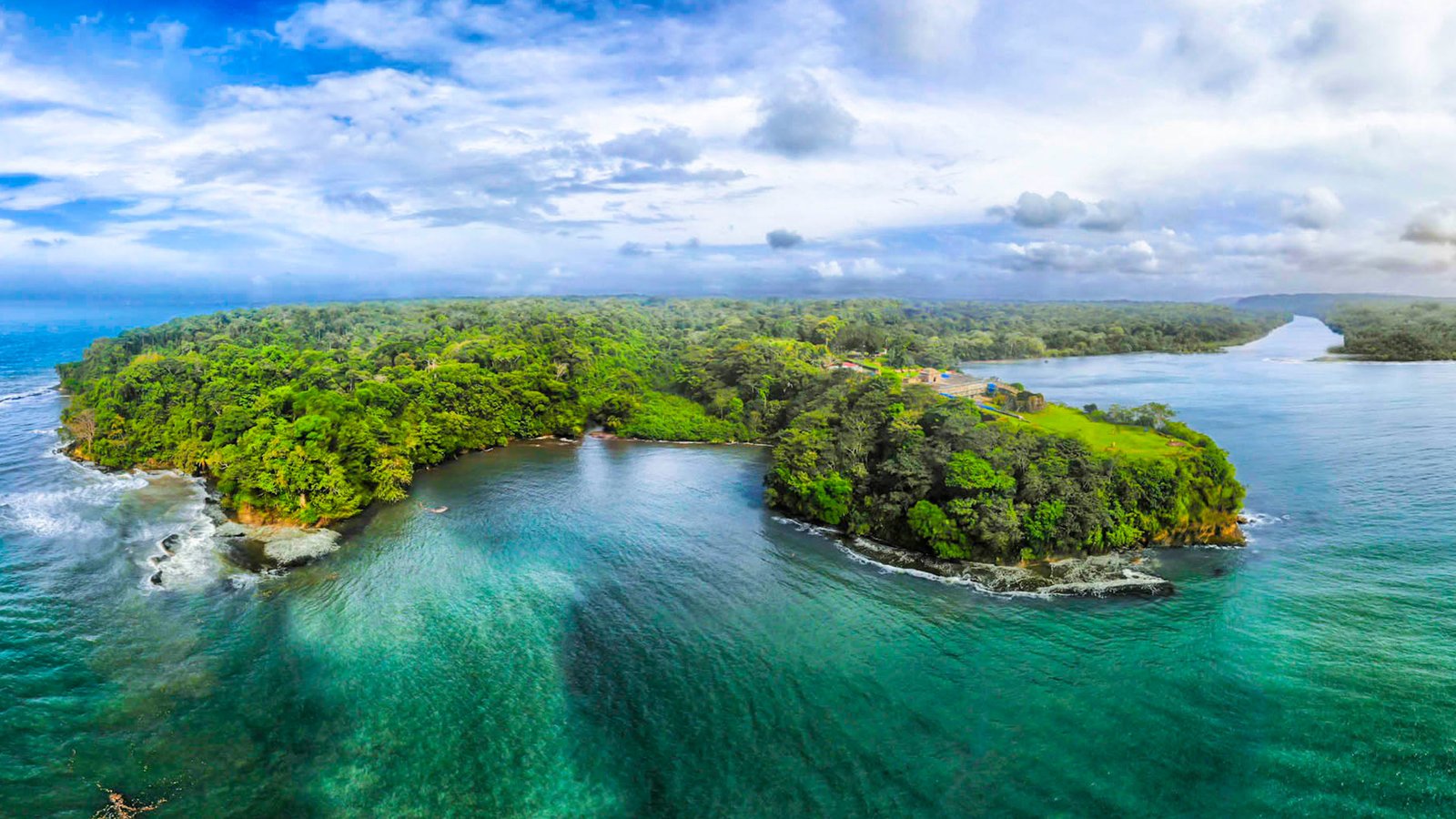
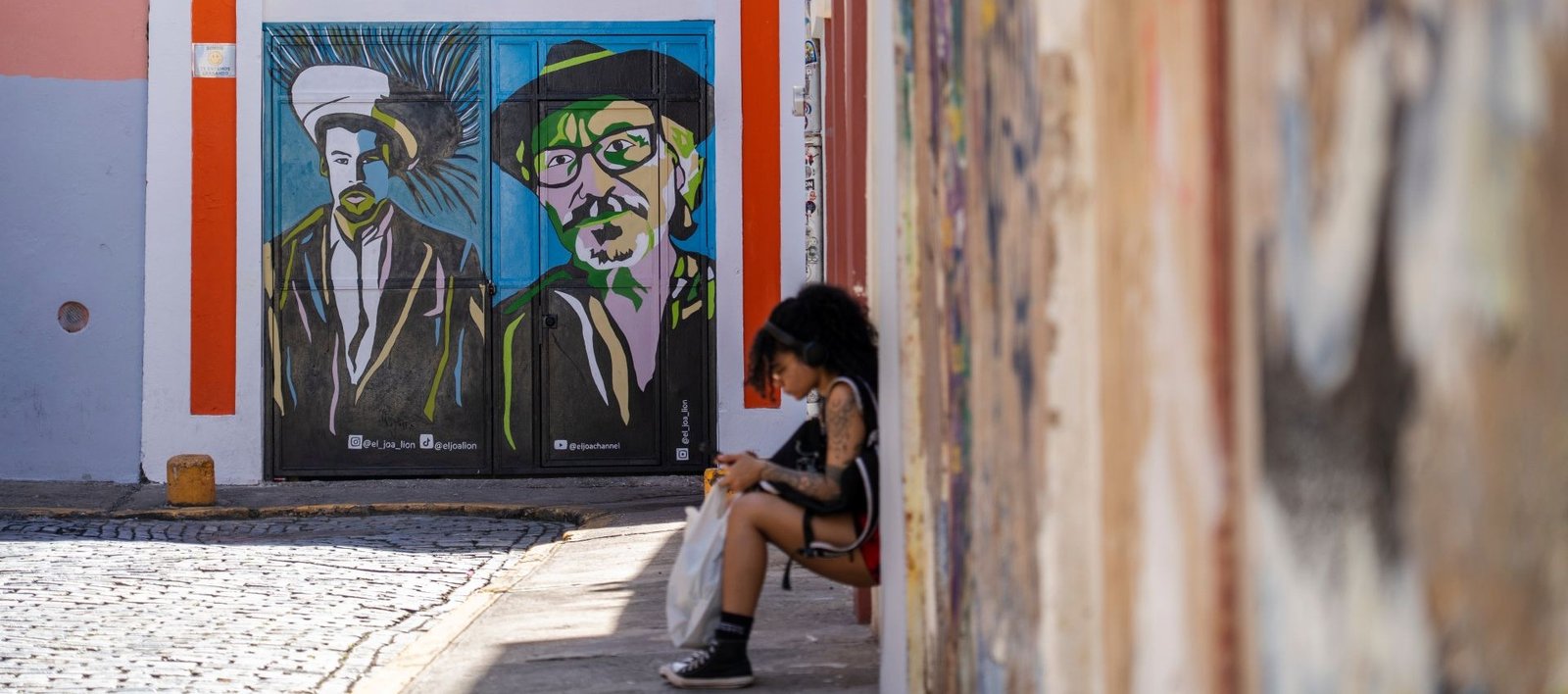
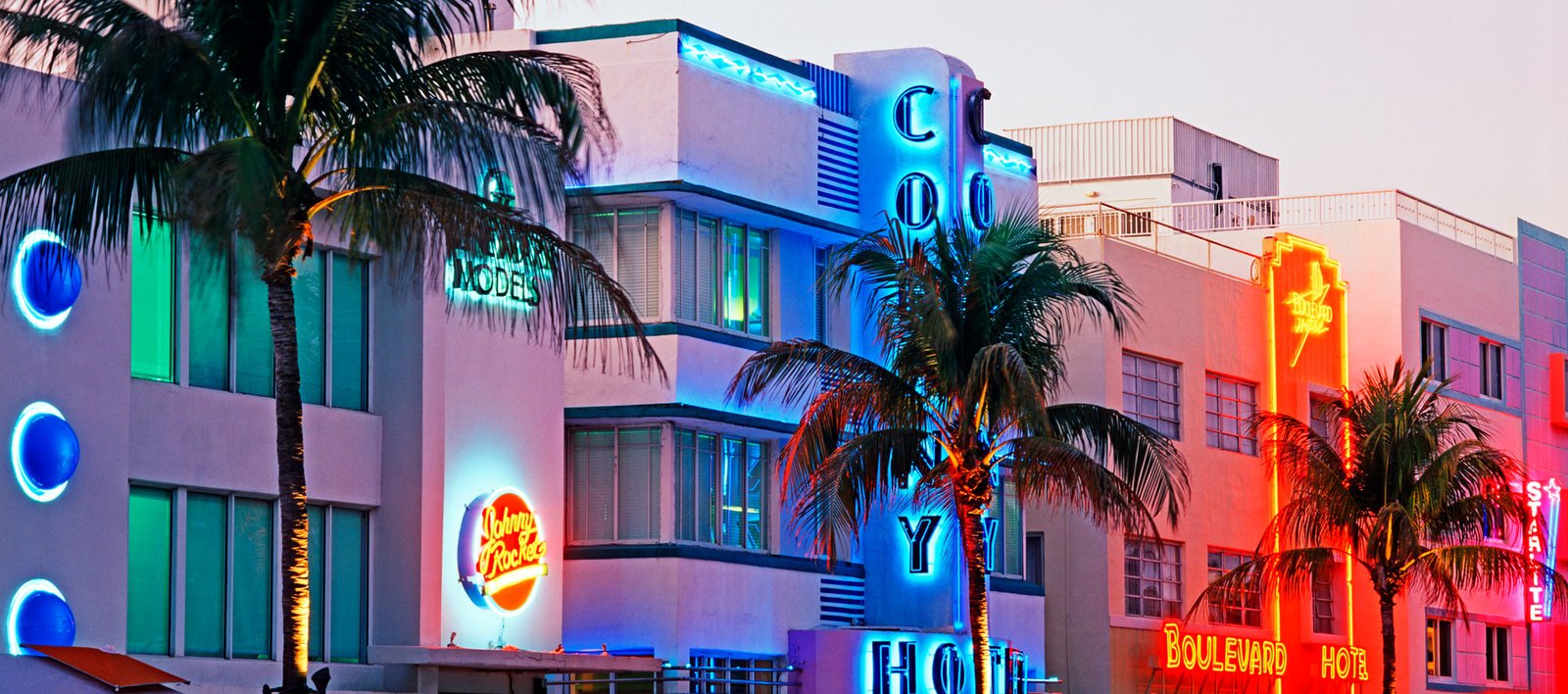
Leave a Reply